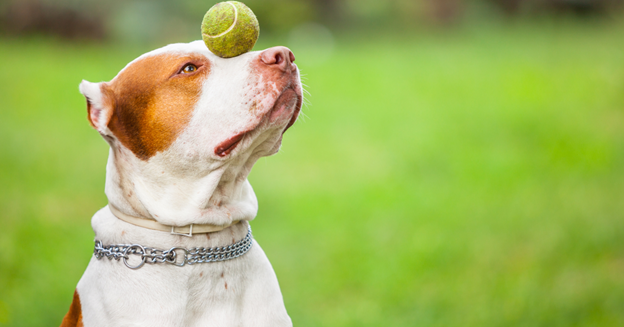Hey there, fellow dog lovers! We know how our furry friends bring boundless joy into our lives with their wagging tails and infectious enthusiasm. One of the most fascinating aspects of canine companionship is the way they communicate, and today, we’re going to delve into the language of dog play.
Dogs are known for their playful nature, and this behavior is much more than just frolicking around. It’s a vital part of their social development and a way for them to express themselves. So, let’s decode the intricacies of canine play behavior and understand why it’s so crucial for our furry pals.
The Joyful Invitation
Picture this: your dog bouncing around, wagging their tail, and giving you that irresistible puppy-dog eyes look. This is your pup’s way of inviting you to play. It’s an expression of pure happiness and excitement, and when we engage in play, we strengthen our bond with them.
The Art of Tail Wagging
A wagging tail is like a secret code in the canine world. Depending on the speed and direction of the wag, dogs communicate different emotions. A broad wag often means they’re happy and excited. A slow, cautious wag may indicate uncertainty or curiosity. Understanding these subtle cues helps us respond appropriately to our furry friends.
The Play Bow
You’ve probably seen your dog lower their front end while keeping their rear end up in the air. This classic “play bow” is an open invitation to play. It’s like saying, “I’m ready for some fun!” Dogs use this body language to initiate playful interactions, and it’s adorable to watch.

Image credit: SikorskiFotografie from Getty Images
Chase Me if You Can
Chasing games are a common form of play among dogs. One dog will start running, and the other(s) will chase. It might look like a simple game of tag, but it serves a more profound purpose. It helps dogs develop their predatory skills, agility, and social bonds. Plus, it’s an excellent way for them to burn off excess energy.
The Gentle Nudge
Sometimes, dogs use a gentle nudge or push with their nose to invite play. It’s their way of saying, “Hey, let’s have some fun together!” Pay attention to your dog’s body language when they do this; it’s a clear sign that they want to interact and engage with you.
Play Styles Vary
Just like humans have different personalities, dogs have varied play styles. Some may prefer rough and tumble play, while others like gentle wrestling. It’s essential to understand your dog’s preferences and respect their boundaries. What matters most is that they’re enjoying themselves.

Image Credit: Jovanka_Novakovic from Getty Images Signature
The Pause Button
Dogs have an incredible ability to communicate their boundaries during play. If one dog feels overwhelmed or needs a break, they’ll often pause briefly, perhaps by freezing or looking away. This is their way of saying, “Hold on, I need a breather.” It’s crucial to watch for these signals and give them space when needed.
Play and Social Development
Now, let’s talk about why play is so vital for our dogs. Play isn’t just about having fun; it’s a crucial component of their social development. Through play, dogs learn vital skills like bite inhibition, communication, and cooperation. It helps them build confidence and navigate social situations with other dogs and humans.
The Bond We Share
When we engage in play with our dogs, it strengthens the bond between us. It’s a shared experience filled with laughter, joy, and love. Playing together creates positive associations and builds trust, making our furry friends feel even more secure in our presence.
Understanding the language of dog play is like unlocking a secret code to your dog’s heart. It’s a beautiful way for us to connect with our furry companions on a deeper level. So, the next time your dog invites you to play, join in the fun, and cherish these precious moments of togetherness. After all, the language of dog play is a universal one, spoken with love, joy, and boundless enthusiasm.


